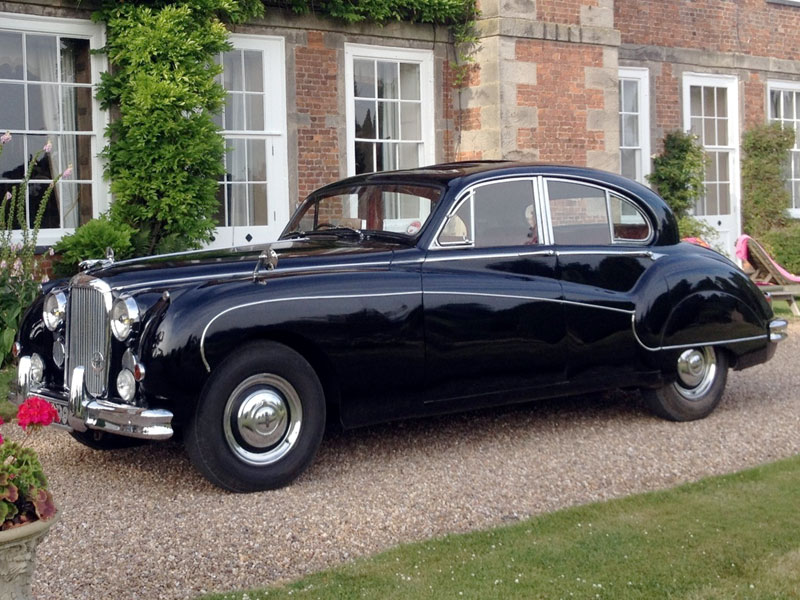-
Insurance
InsuranceAbout our productsLearn about insuringGet a quote Get current values, historical values, model history and more.
-
Valuation
ValuationHagerty valuation toolLook up a vehicle value Get current values, historical values, model history and more.
-
Events
EventsHagerty official eventsHagerty ClubhouseEvent calendar
-
Entertainment
EntertainmentMore to explore
- Portal login
1959 Jaguar Mark IX
Base 4dr Saloon 3.8 L
Vehicle values by condition
Fair
Condition 4
£13,400
#4 cars are daily drivers, with flaws visible to the naked eye. The chrome might have pitting or scratches, the windshield might be chipped.
Good
Condition 3
£17,300
#3 cars could possess some, but not all of the issues of a #4 car, but they will be balanced by other factors such as a fresh paint job or a new, correct interior.
Excellent
Condition 2
£25,800
#2 cars could win a local or regional show. They can be former #1 cars that have been driven or have aged. Seasoned observers will have to look closely for flaws.
Concours
Condition 1
£39,200
#1 vehicles are the best in the world. The visual image is of the best car, unmodified, in the right colours, driving onto the lawn at the finest concours.
Insurance premium for a
1959 Jaguar Mark IX Base 4dr Saloon 3781
valued at £17,300
£141.79
/ year*
History of the 1958 - 1961 Jaguar Mark IX

1958 - 1961 Jaguar Mark IX
Jaguar MkIX (Saloon), 1960-1961
The Jaguar MkIX was in production from 1960 to 1961. Styled in house by Sir William Lyons, it is a front-engine, rear wheel drive saloon seating five adults.
The MkIX was the last in a line of Jaguar saloons that stretched back to 1950 - and the final development of a concept that had begun with the MkVII. Power steering and all round disc brakes were standardised, while externally the MkIX gained model badging that the MkVIII had done without. A new 3.8 litre version of the XK replaced the 3.4, boosting power to 220bhp when fitted with the standard B-type head. An uprated heater was fitted, and the electrical system was upgraded from a single twelve volt battery to twin six volt units. Rare today are the Harold Radford Countryman conversions, complete with picnic hamper, division, rear seats that folded into a bed and other niceties to allow long distance touring. If you're lucky enough to find one, add around 25% to the price of a standard saloon.
Like with the MkVII and MkVIII, there's a lot of car to rust and it's worth checking any panels that can trap water as well as the lower extremities, as rot in the inner and outer wings, door bottoms and sills is usually the first you'll see. Chassis tend to be good, but check the outriggers, anti roll bar mounts and rear spring hangers just to be on the safe side. Good chromework, good wood and good leather are all crucial, as these are not cheap to have reconditioned and poor tactile surfaces can really affect a car's resale value. It's also worth being aware that the sponge underneath the fuel tank promotes tank corrosion, and can't be accessed easily to check. Use the rest of the car as a guide when assessing the likely condition.
When it comes to alternatives, it's easy to consider cars like the Rolls-Royce Silver Cloud II with its then new V8, though the price differential at the time would have been far larger than it is now. The same could be said of an Adenauer-style Mercedes-Benz 300, while a Humber Super Snipe might have been seen as a tad flash and a Rover Three Litre a touch downmarket. Today, a MkVII, MkVIII or even MkX would make admirable alternatives if you're set on a Jaguar - or how about a Daimler Majestic?
Hagerty Newsletter
Get your weekly dose of car news from Hagerty UK in your inbox

ADVERTISEMENT